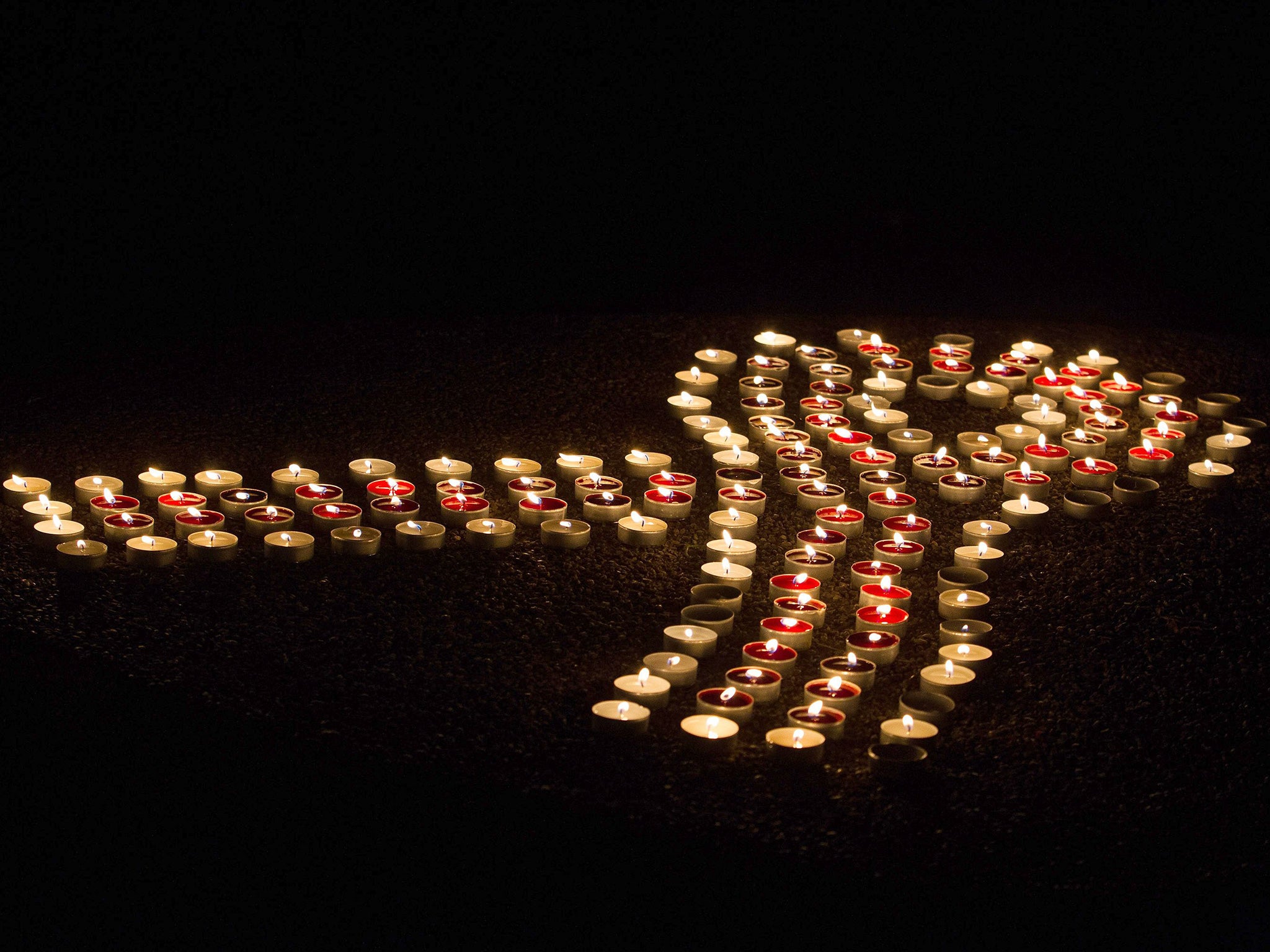Your support helps us to tell the story
From reproductive rights to climate change to Big Tech, The Independent is on the ground when the story is developing. Whether it's investigating the financials of Elon Musk's pro-Trump PAC or producing our latest documentary, 'The A Word', which shines a light on the American women fighting for reproductive rights, we know how important it is to parse out the facts from the messaging.
At such a critical moment in US history, we need reporters on the ground. Your donation allows us to keep sending journalists to speak to both sides of the story.
The Independent is trusted by Americans across the entire political spectrum. And unlike many other quality news outlets, we choose not to lock Americans out of our reporting and analysis with paywalls. We believe quality journalism should be available to everyone, paid for by those who can afford it.
Your support makes all the difference.Charlie Sheen has annouced he is HIV positive, following days of speculation surrounding his health.
The star of Wall Street and Platoon confirmed he was diagnosed four years ago during an interview with the NBC Today show.
What is HIV?
HIV, which stands for the Human Immunodeficiency Virus, attacks the immune system, weakening a person's ability to fight infections and disease.
It is most commonly caught by having sex without a condom but can also be passed on by sharing infected needles during drug use.
Sometimes, the virus is transmitted between mother and baby if the mother is HIV positive.
HIV is found in the bodily fluids of an infected person, which include semen, vaginal and anal fluids, blood and breast milk.
The virus destroys a type of white blood cell called a T-helper cell and makes copies of itself inside them.
The two groups with the highest rates of HIV in the UK are gay and bisexual men and African men and women.
What are the symptoms?
At least 80 per cent of people with HIV will experience a short, flu-like illness for between two to six weeks after they are infected. The symptoms seen during this period can include a fever, sore throat, rashes, fatigue, swollen glands and joint and muscle pain. If left untreated, HIV will gradually damage a person’s immune system over a period of around a decade. At this point a person will experience weight loss, chronic diarrhoea, night sweats, recurrent infections, and life-threatening illnesses. However, swift diagnosis and treatment can prevent these issues.
What are the treatments?
HIV used to signal a death sentence but, while there is no cure, new treatments mean that people with the virus can lead long and healthy lives.
Anti-retroviral tablets work by stopping the virus replicating in the body, allowing the immune system to repair itself.
HIV is easily able to develop resistance to a single HIV drug so combination drug therapies are widely used.
Most people with HIV take a combination of three anti-retrovirals and it is vital that the medications are taken every day.
There is also emergency anti-HIV medication called PEP (post-exposure prophylaxis), which can be given within three days of coming into contact with the virus.
It can help prevent those who believe they may have been put at risk of HIV from developing the virus.
People who are concerned they may be at risk of HIV are urged to go for an HIV test as soon as possible.
Being diagnosed late is associated with a 10-fold increased risk of dying within one year of diagnosis.
What is Aids?
Aids, which stands for Acquired Immune Deficiency Syndrome, is the final stage of HIV, when a person's body can no longer fight life-threatening infections.
Aids is not considered a disease, but a syndrome - a collection of different signs and symptoms.
If someone is said to have Aids, they will have HIV and at least one other defined disease, such as tuberculosis or pneumonia.
With early diagnosis and effective treatment, most people with HIV will not go on to develop Aids.
How common is HIV?
The World Health Organisation estimates that around 35 million people globally are living with HIV.
In the UK, more than half of new cases are among gay and bisexual men.
A total of 6,151 people were newly diagnosed with HIV in the UK during 2014.
This is a slight rise on 2013, when there were 6,000 new cases.
The number of men who have sex with men newly diagnosed with HIV rose from 2,860 in 2010 to 3,360 in 2014.
The number of people diagnosed following heterosexual sex has fallen, largely due to a reduction in diagnoses among black African men and women.
In 2014, 613 people with HIV died, most of who were diagnosed late.

Join our commenting forum
Join thought-provoking conversations, follow other Independent readers and see their replies
Comments